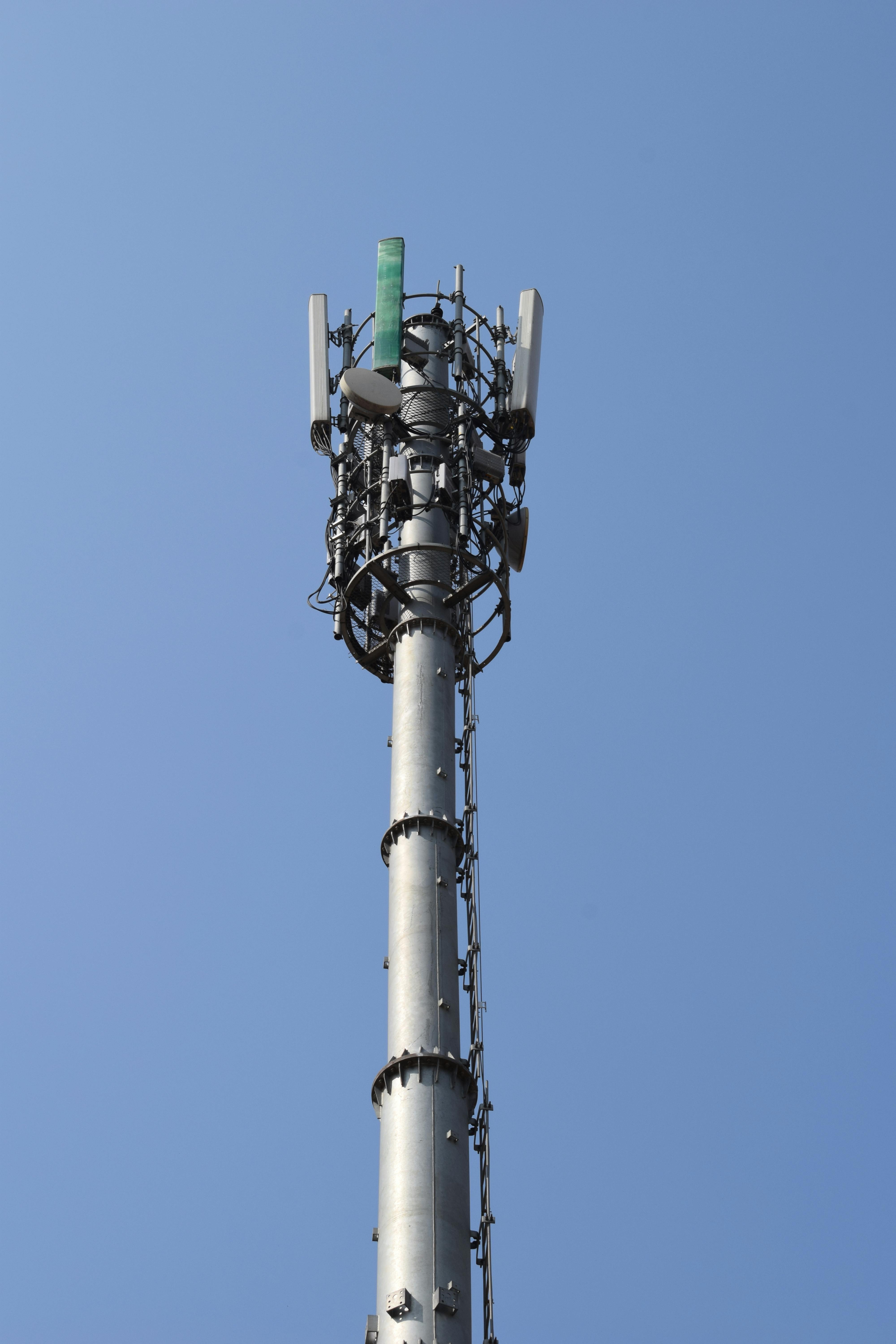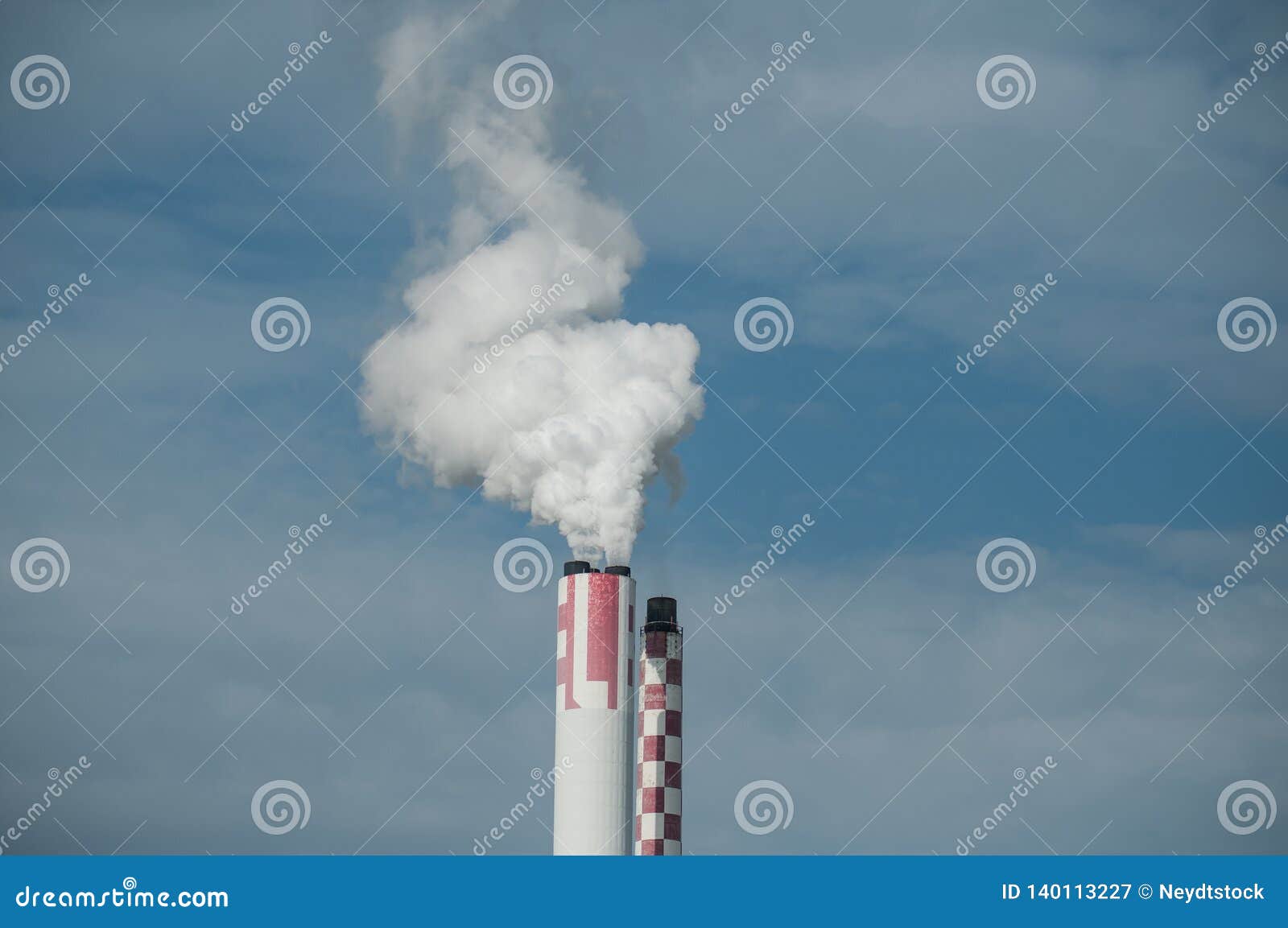

The 160 W/m^2 average solar flux is recovered as the 17 convection, 80 evapo-transpiration, 23 W/m^2 absorbed by non self-absorbed ghgs, none of it CO2 15 µm band IR, and the 40 that goes to space via the atmospheric window. Gravitational potential energy, ‘Lapse Rate’, causes the lower atmosphere to be hotter than the upper atmosphere. When you convert that temperature via the S-B equation to power, it is the potential energy flux the radiation field could transfer to the zero point energy of cold space, not a real energy flux. The result of this block on IR emission is that convection and particularly evapo-transpiration rise.Ī pyrometer measures the same temperature for radiative or convective heat loss because it measures the proportion of filled vibrationally activated surface sites and these can transfer energy by radiation or to adsorbed gas molecules. As for lower cooling on a cloudy night compared with a clear night, it’s because a 1 km base cloud stops ~94% of the IR energy loss in the atmospheric window. The problem is that Meteorologists and Climate Alchemists are taught this, so it’s very difficult for them to unlearn it. Unfortunately, most scientists and engineers believe it to be so because using two S-B terms to calculate net flux is assumed as meaning there are two power streams. To claim that an object emits energy at the rate predicted by the single S-B equation is absurd. The fact is, only the net change of Irradiance can cause transfer of energy in the form of heat or vice versa. If ‘back radiation’ existed, we would use it via ‘back radiation collectors’ on the roofs of cars to replace hydrocarbon fuels, using it to power a ‘reverse heat engine’. Not arguing over the existence of something (“backradiation”) which is routinely measured at dozens of observation sites around the world.

But the continually neglected possibility is that they have causation reversed: that natural changes in cloud cover have caused the temperature changes, and cloud feedbacks are in reality negative rather than positive.Īnd this is where I believe we should be spending our research time in the global warming debate. I suppose scientists like Trenberth or Dessler would claim these changes are positive cloud feedback in response to surface temperature changes. The authors admit this is behavior not seen in the climate models.


For example, changes at Potsdam, Germany look somewhat like how global temperatures have changed: What is MOST interesting to me is the existence of multidecadal changes in sunlight (downwelling shortwave) reaching the surface, as some of the sites have such records extending back to the 1930s. But for something supposedly “non-existent”, there is remarkable agreement between the average model behavior and the observations for this huge (300-400 W/m2) component of the surface energy budget. In this case, the model underestimates the downwelling sky radiation by about 9 W/m2. It is quite informative, and includes their version of the Kiehl-Trenberth energy budget diagram to fit better to the surface radiative energy budget observations.įor example, here’s a comparison for downward IR flux at the surface between the HadCM3 model and 41 Baseline Surface Radiation Network (BSRN) stations: I found this presentation summarizing comparisons that Martin Wild and co-investigators have made between these measurements and the latest CMIP5 climate models at the observation sites. I’ve mentioned that there are many surface radiation budget observation sites around the world (but few in oceanic areas for obvious reasons). I’ve had several requests for evidence of the hundreds of watts of downwelling infrared sky radiation.


 0 kommentar(er)
0 kommentar(er)
